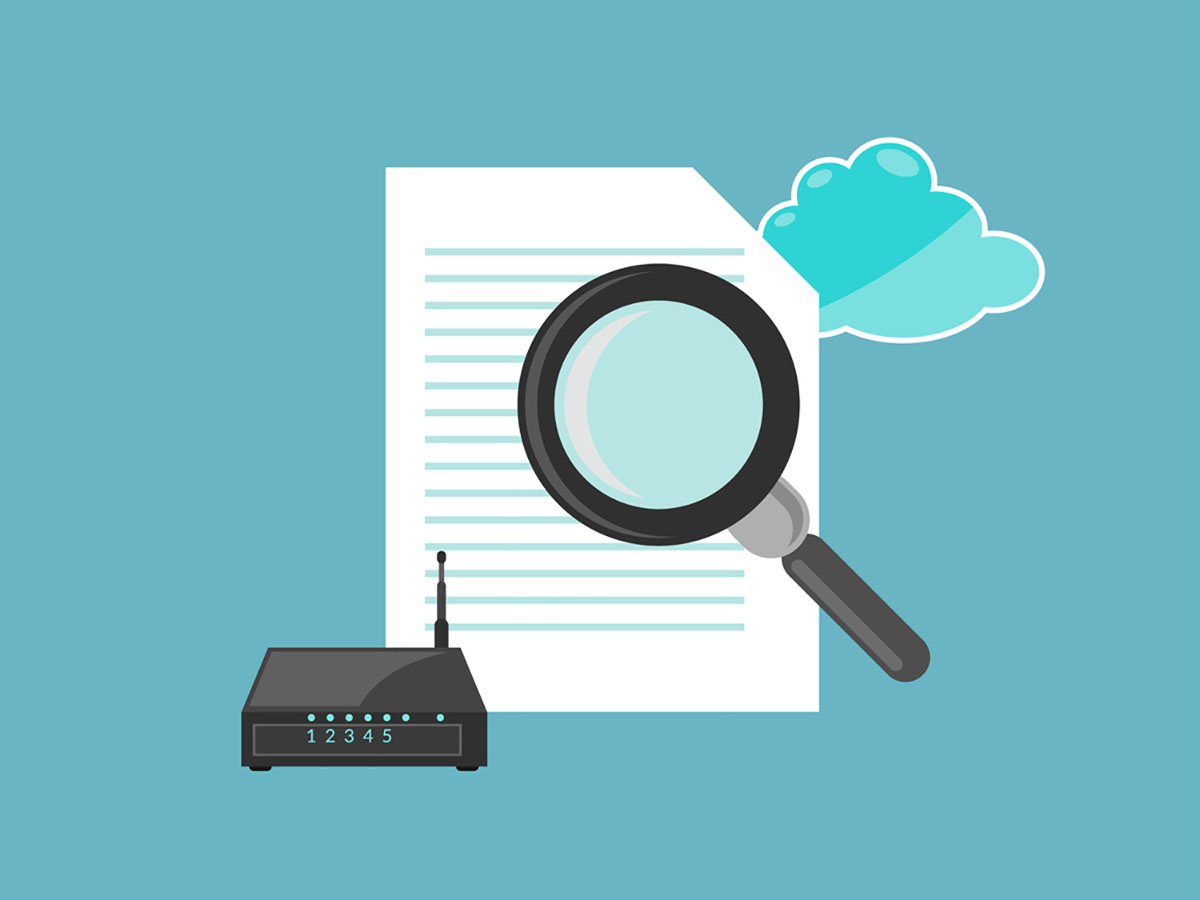Eavesdropping refers to the method of quietly listening to a conversation or data communication without the individuals involved being aware. It’s a technique used to gather information, sometimes maliciously, by intercepting private conversations, phone calls, emails, or any form of communication. Users can protect themselves from eavesdropping through various security measures like encryption and regular system checks.
Is Eavesdropping a Problem on the Internet?
Yes, eavesdropping is indeed a significant problem on the internet, and it’s a common tactic used in many cyber attacks. This is often referred to as “sniffing” or “snooping.” Eavesdroppers can monitor and intercept unencrypted data being transmitted over a network, which might include sensitive information like usernames, passwords, credit card numbers, or personal messages.
Stay One Step Ahead of Cyber Threats
One of the most common forms of internet eavesdropping is a “Man-in-the-Middle” (MitM) attack, where a malicious actor intercepts communication between two parties without them noticing. The attacker can then steal, manipulate, or insert new data into the conversation.
To mitigate this risk, it’s crucial to use secure, encrypted connections whenever possible, such as HTTPS websites or VPNs. Two-factor authentication can also help protect against unauthorized access, even if your password has been compromised. So, while eavesdropping is a significant concern on the internet, there are established measures to help protect against it.
Eavesdropping Examples
1. Overhearing a Private Conversation
This scenario is a perfect illustration of basic eavesdropping. Imagine a firm where two executives discuss privately in an office about the company’s financial status. They exchange information that could affect the company’s stock value or reputation if brought to public knowledge. A third person, who happens to pass by, overhears this conversation without the execs knowing.
This individual, now having some confidential information, can use it for personal gain or even to harm the company. For instance, they might choose to share the information with a competitor or use it to manipulate the company’s stock value. This is the simplest form of eavesdropping, and it highlights the importance of choosing a secure and appropriate place to hold sensitive discussions.
2. Intercepting an Email Communication
In the digital world, eavesdropping takes a more malicious form. Consider an example where a customer is personally communicating with their bank via email, detailing sensitive information such as account numbers and passwords. An eavesdropper or cybercriminal could intercept this transmission using methods like man-in-the-middle attacks.
Once they have these sensitive details, the eavesdropper could perform unauthorized transactions, steal the customer’s identity, or perhaps drain their account. It’s precisely reasons like this why it’s vital to use secure methods of communication when dealing with sensitive information. Practices such as encryption can add a layer of defense against such eavesdropping.
3. Using a “Sniffer” Program
A tech-savvy eavesdropper can take advantage of unsecured wireless networks to intercept all the traffic it carries. Through a software tool known as a “sniffer” program, eavesdroppers can monitor and capture information sent over the network. This could include things like personal messages, credit card details, and login credentials.
If such information falls into the wrong hands, it could have significant consequences. The eavesdropper could use captured login details to access someone’s email or social media account, violate their privacy, or conduct other malicious activities. This example underlines the necessity to use secure, encrypted connections, particularly when transmitting confidential or sensitive data online.
Conclusion
Eavesdropping exists in various forms, from simple, indiscreet listening to sophisticated digital methods. It’s essential to always maintain caution and use secure channels of communication to protect our privacy and safeguard valuable data.
Key Takeaways
- Eavesdropping refers to the act of secretly listening to a conversation or data communication.
- Simple eavesdropping can occur in a physical setting, such as overhearing office conversations, while more advanced forms happen digitally, like the interception of emails or network traffic.
- Cybercriminals can use eavesdropping to gain unauthorized access to sensitive personal or business information.
- It’s important to use secure and encrypted communication methods to protect against eavesdropping.
- Regular system checks and cybersecurity training can also help in preventing eavesdropping.
Related Questions
1. What is meant by Network Eavesdropping?
Network eavesdropping is a form of eavesdropping where cyber attackers secretly listen to digital communication over a computer network to gather sensitive information.
2. How can one guard against eavesdropping?
Individuals can protect themselves against eavesdropping by using encrypted communication channels, conducting regular security checks, and being cautious of the information they share online or in public places.
3. What is an Eavesdropping attack in Cybersecurity?
An eavesdropping attack in cybersecurity is an invasion where attackers illicitly intercept and listen in on a private communication channel to gather sensitive and confidential information.
4. Why is Eavesdropping a threat to data security?
Eavesdropping poses a threat to data security because it enables unauthorized parties to intercept and acquire sensitive and confidential data, which can lead to data fraud, identity theft, and other cybersecurity breaches.
5. What is the connection between Eavesdropping and Encryption?
Encryption is a vital countermeasure against eavesdropping. It transforms data into an unreadable format, preventing eavesdroppers from understanding the intercepted information even if they manage to gain access to it.
"Amateurs hack systems, professionals hack people."
-- Bruce Schneier, a renown computer security professional






